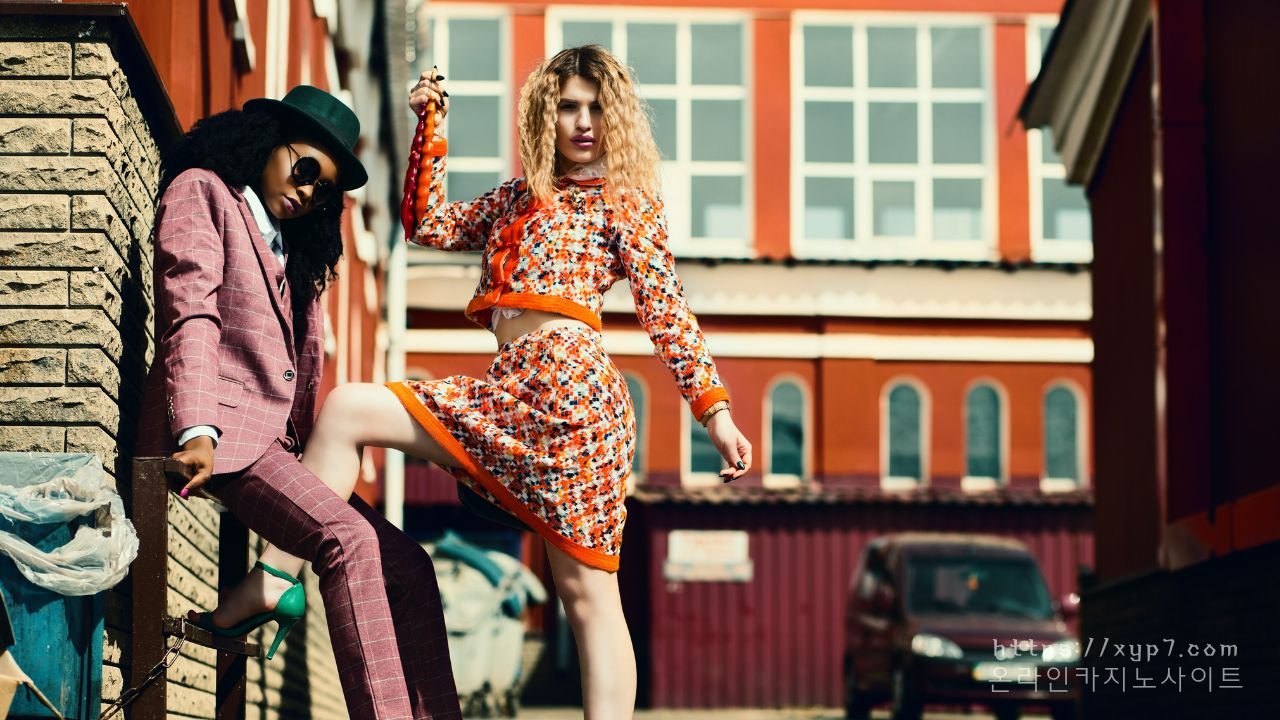Internet culture and trends
Internet culture and trends have evolved rapidly since the advent of the World Wide Web in the early 1990s.
The Internet has given rise to a plethora of new forms of communication, entertainment, and commerce. Social media, video-sharing sites, blogs, podcasts, and online gaming are just some of the many manifestations of Internet culture that have become ubiquitous in our lives.
One of the most significant trends in Internet culture is the rise of social media platforms. Sites like Facebook, Twitter, and Instagram have revolutionized the way people connect and communicate online.
Social media has made it easier for people to share their thoughts, feelings, and experiences with others, and has also created new opportunities for businesses to engage with customers and promote their products.

Another trend in Internet culture is the growing popularity of video-sharing sites like YouTube and TikTok. These platforms allow users to create and share short videos, often featuring music, comedy, or other forms of entertainment.
Many content creators have built huge followings on these sites, and some have even turned their online fame into lucrative careers.
Blogging and podcasting are also popular forms of Internet culture. Bloggers and podcasters use the Internet to share their thoughts and ideas with a global audience.
Many bloggers have become influential voices, and some have even been able to turn their blogs into profitable businesses.
Online gaming is another trend that has gained popularity in recent years. Multiplayer games like Fortnite and League of Legends have millions of players around the world, and many gamers have built online communities around these games.
Online gaming has also given rise to the phenomenon of esports. Where professional gamers compete for prize money in organized tournaments.
One of the most significant trends in Internet culture is the rise of online shopping. Sites like Amazon and eBay have made it easy for people to buy and sell goods online, and many traditional brick-and-mortar retailers have also expanded their online offerings.
Online shopping has changed the way people shop, and has also created new opportunities for businesses to reach customers.
The Internet has also had a significant impact on the music industry. Online streaming services like Spotify and Apple Music have made it easier for people to listen to music online, and have also created new revenue streams for musicians and record labels.
The rise of social media and video-sharing sites has also made it easier for musicians to promote their music.
Another trend in Internet culture is the rise of online activism. Social media has made it easier for people to organize and participate in political and social causes, and many online movements have gained significant traction in recent years.
The #MeToo movement, Black Lives Matter, and the Women’s March are just a few examples of online movements.
The Internet has also given rise to new forms of entertainment, such as streaming video services like Netflix and Hulu.
These services allow people to watch movies and TV shows online, often without commercials. Many traditional TV networks have also expanded their online offerings. Creating new opportunities for people to watch their favorite shows and movies online.
Internet culture has also given rise to new forms of communication, such as emojis and memes. Emojis are small icons that can be used to convey emotions in text messages and social media posts. While memes are humorous images or videos that are shared widely online.
These forms of communication have become an integral part of Internet culture and influenced the way people communicate offline.
In recent years, the Internet has also become a platform for virtual reality (VR) and augmented reality (AR) experiences. VR allows users to immerse themselves in virtual environments, while AR overlays digital information in the real world.
These technologies have the potential to revolutionize industries like gaming, education, and entertainment in the coming years. 온라인카지노


